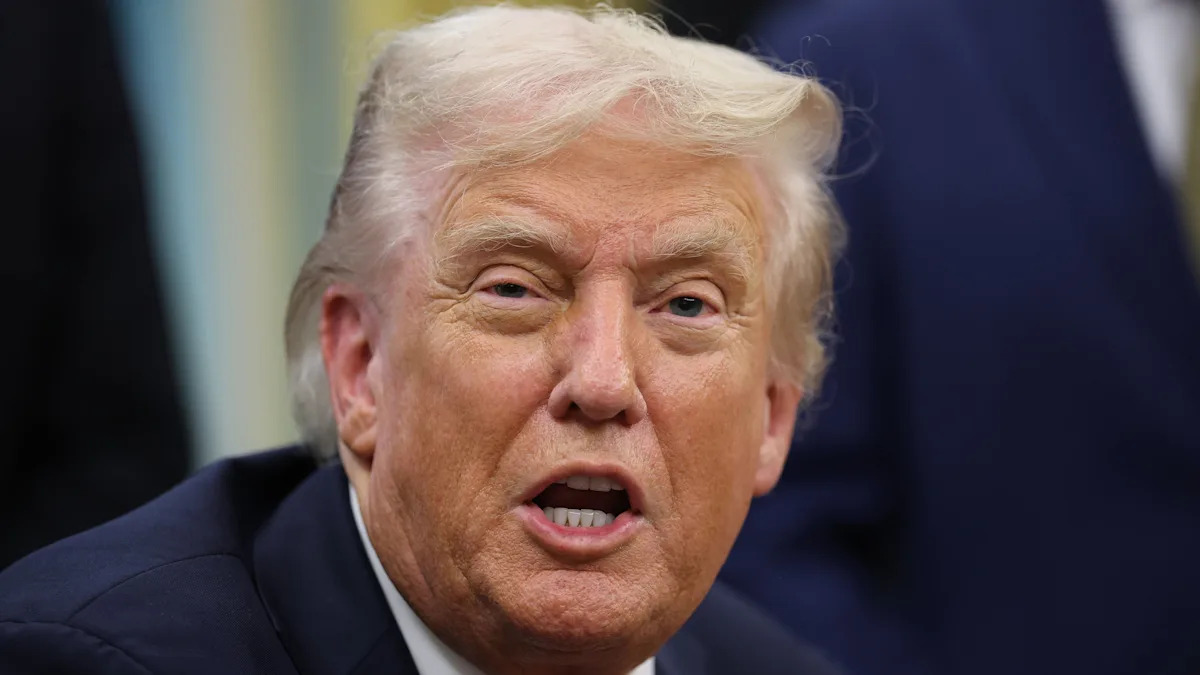The U.S. Department of Education has initiated negotiations to overhaul the federal student loan repayment system. On Monday, the department began discussions with stakeholders regarding the Trump administration’s plans to introduce new repayment options and borrowing caps.
These changes, mandated by a recent spending law, must undergo a formal “negotiated rulemaking” process that includes public comment before implementation. The administration aims to finalize many of the proposals by a target date of July 2026. A draft agenda for the negotiations confirms the focus will be on new loan limits, income-driven repayment plans, and adjustments to deferment and forbearance periods.
New Student Loan Repayment Plans
A central topic of the negotiations is a proposal to eliminate existing income-driven repayment options and replace them with two new plans by summer 2026.
The first, a standard repayment plan, would calculate monthly payments based on the borrower’s total federal loan amount and applicable interest rates. The second, a new Repayment Assistance Plan, would set monthly payments between 1% and 10% of a borrower’s discretionary income, with a $10 minimum. This plan would also waive unpaid interest and provide for forgiveness of any remaining balance after 30 years.
Under the proposal, borrowers who took out loans before July 1, 2026, would retain access to some current repayment plans. Those borrowing after that date would be enrolled in the new options.
New Caps on Borrowing
The Department of Education is proposing to end the Grad PLUS loan program, which allows graduate and professional students to borrow up to their full cost of attendance, effective July 1, 2026. This would establish new borrowing limits:
- Graduate students: $20,500 annually and $100,000 lifetime.
- Professional students: $50,000 annually and $200,000 lifetime.
The department’s proposal also includes refining the definition of a “professional degree,” citing pharmacy, dentistry, and veterinary medicine as examples. The list is not exhaustive, but the omission of degrees like an education doctorate suggests some programs may not qualify for the higher borrowing caps. With many professional programs costing over $200,000, these new limits could push some students toward the private loan market or cause them to reconsider enrollment.
Changes to Deferment and Forbearance Periods
The administration is proposing to end deferments for economic hardship and unemployment for all direct federal loans disbursed after July 1, 2027.
Additionally, the proposal seeks to expand options for defaulted borrowers. Currently, borrowers can enter loan rehabilitation—making nine consecutive payments over ten months to return their loan to good standing—only once. The new rule would allow borrowers to rehabilitate their loans twice, with this change taking effect on or after July 1, 2027.






